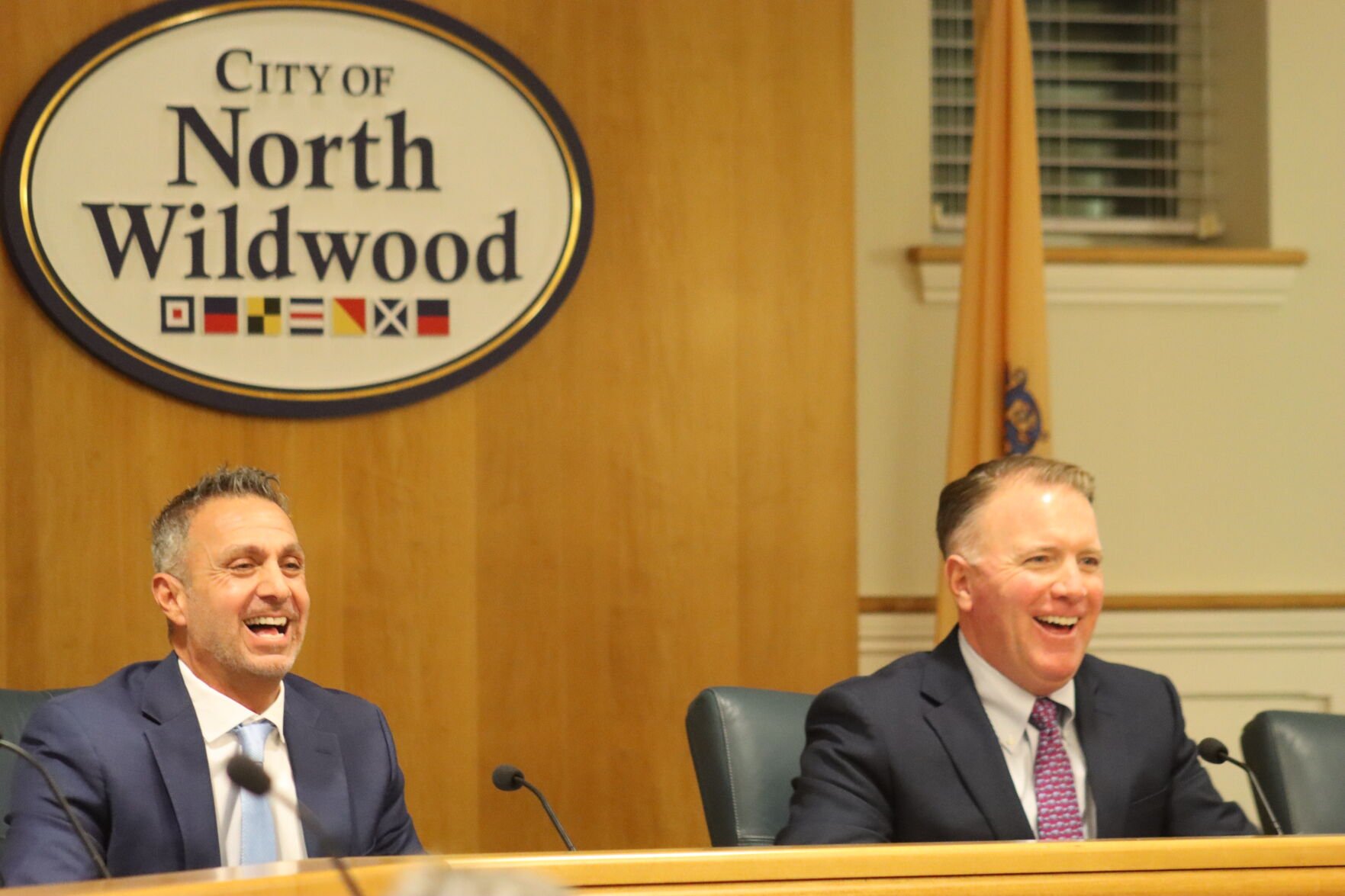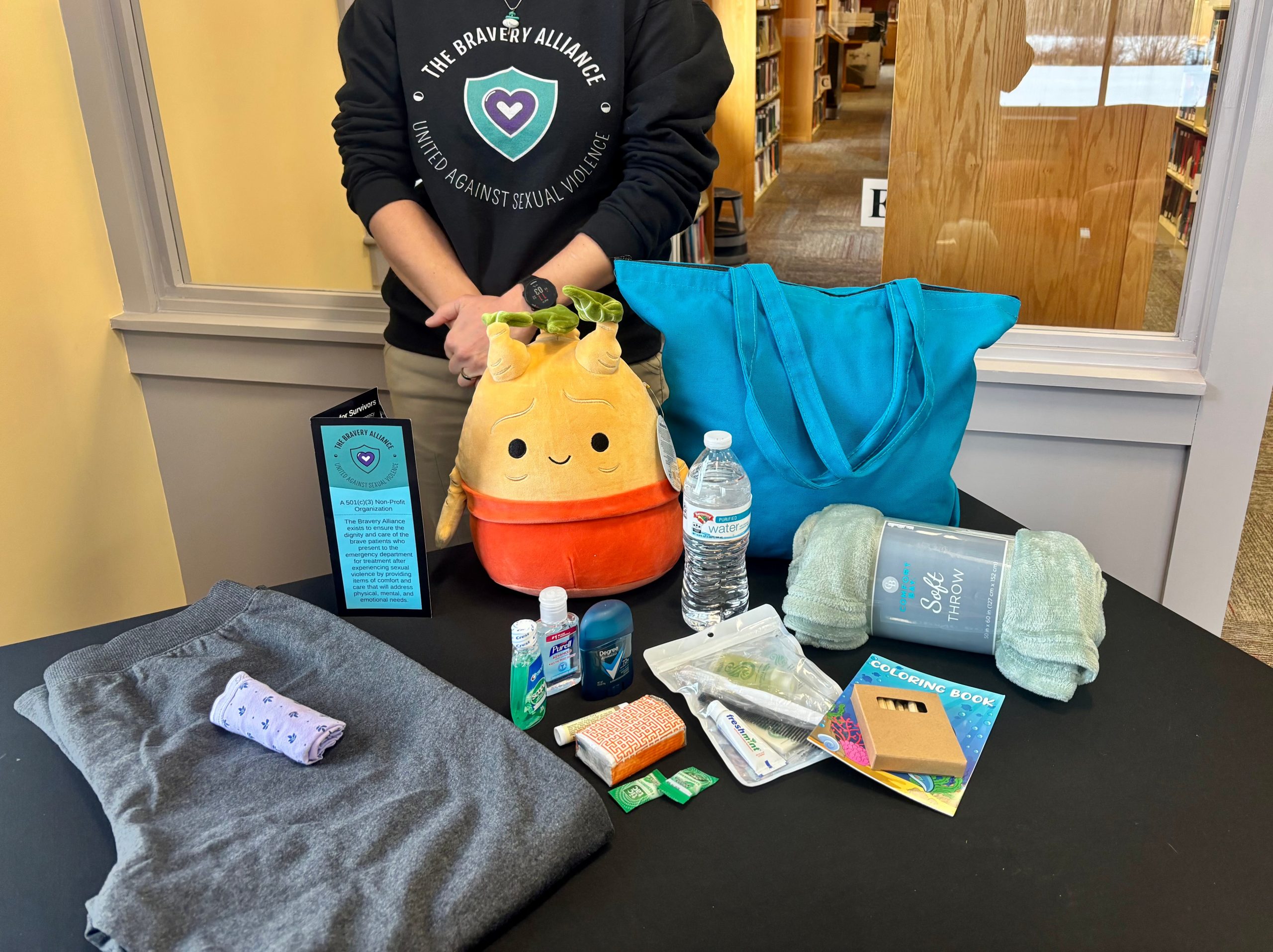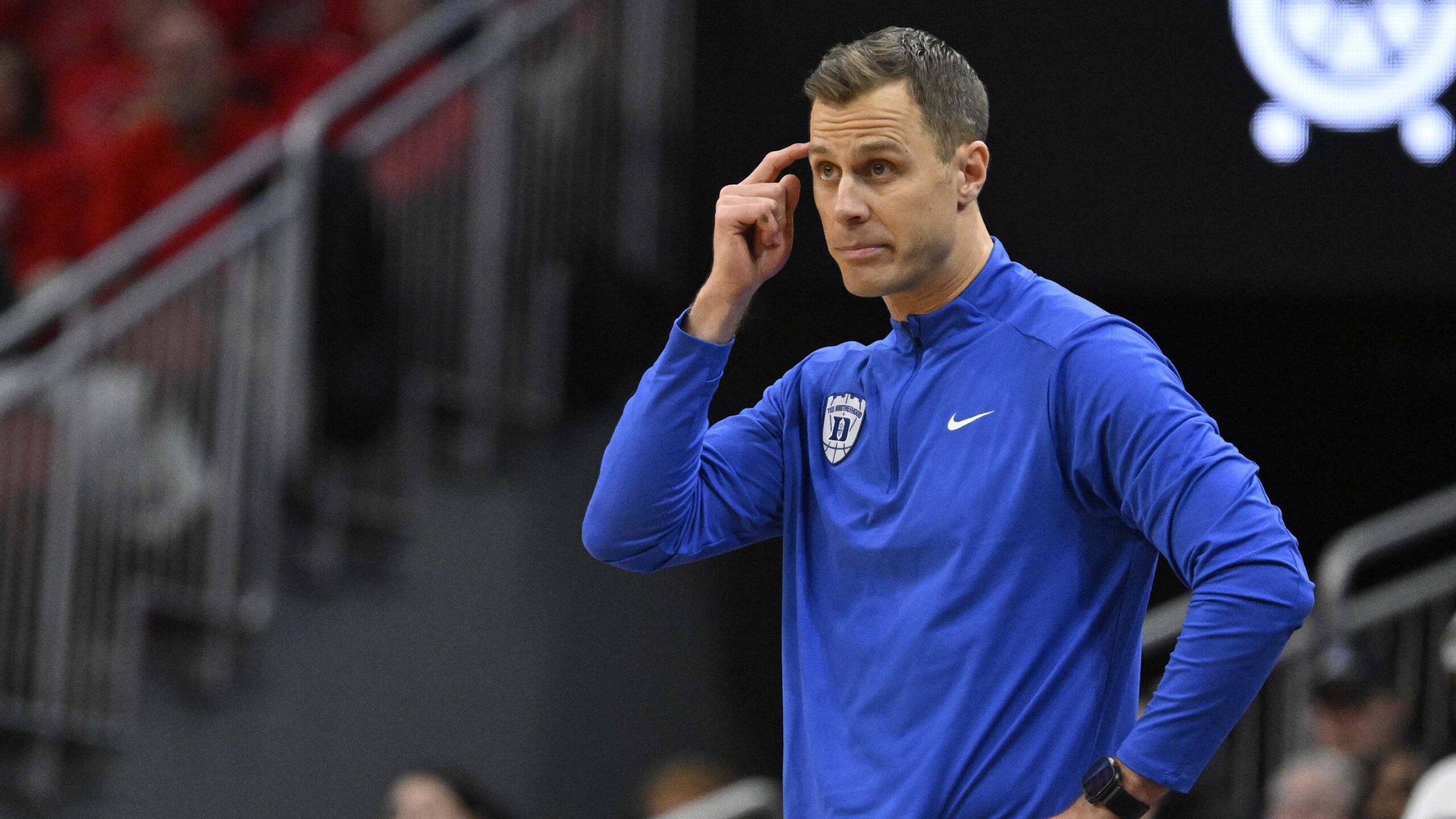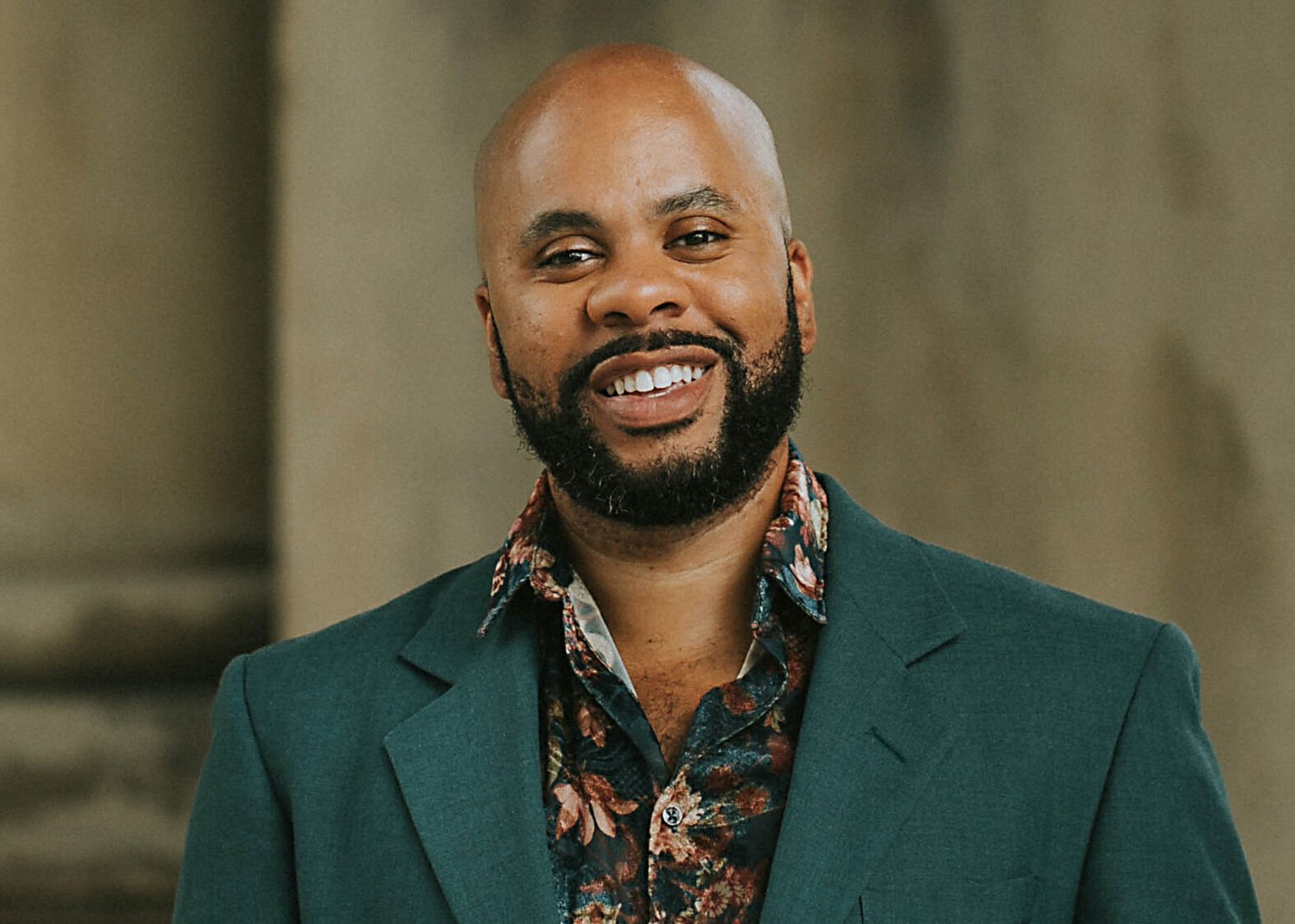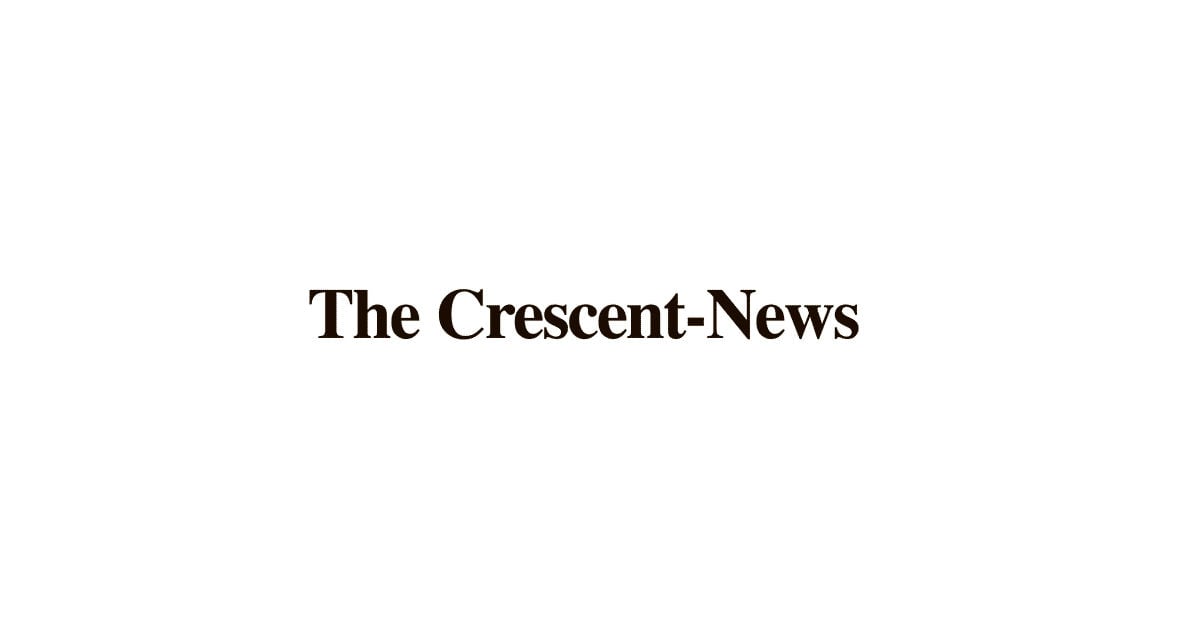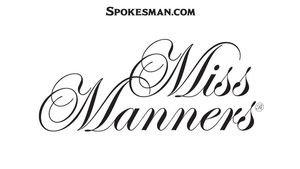When embarking on your photography journey, it’s easy to get caught up in the excitement of choosing the perfect camera body. However, seasoned photographers know that the real magic often lies in the lens you attach to it. Investing in the right lens can make a significant difference in your images, sometimes even more so than the camera itself. In fact, many professionals recommend allocating two-thirds of your budget to lenses and only one-third to the camera body.
The Ultimate Camera Lens Guide: Which Lenses Should You Buy First?
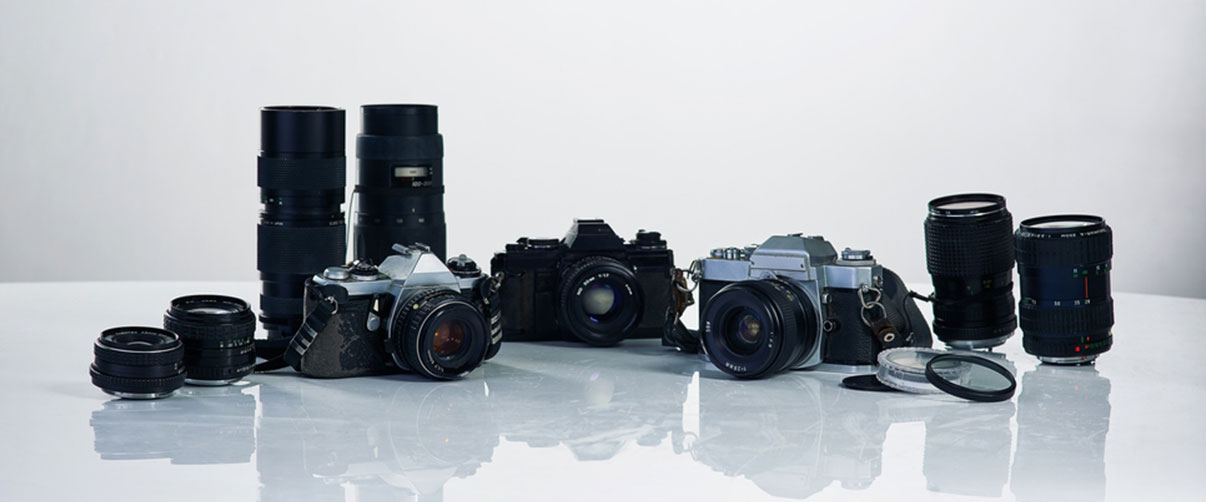
Understanding the Importance of Lenses
The lens is the eye through which your camera sees the world. It affects the quality, sharpness, and character of your images. While the camera body captures the data, the lens determines how that data is projected onto the sensor. Therefore, choosing the right lens is crucial to achieving the desired look and feel in your photographs.
Types of Lenses
Before selecting your first lens, it’s essential to understand the different types available and what they offer.
Wide-Angle Lenses (35mm or less)
Wide-angle lenses are perfect for capturing expansive scenes like landscapes, architecture, and large group photos. They provide a broader field of view, allowing you to encompass more of the scene in a single shot.
Standard Lenses (Around 50mm)
Standard lenses offer a field of view that’s similar to human vision, making them versatile for everyday photography. They’re excellent for portraits, street photography, and general-purpose shooting.
Telephoto Lenses (70mm and above)
Telephoto lenses allow you to zoom in on distant subjects, making them ideal for wildlife, sports, and event photography. They compress the scene, bringing subjects closer without physically moving.
Macro Lenses
Macro lenses are designed for close-up photography, capturing subjects at a 1:1 magnification or greater. They’re perfect for photographing small subjects like insects, flowers, and intricate details.
Key Factors to Consider
When choosing a lens, several critical factors will influence your decision.
Focal Length
Focal length determines how much of the scene your lens captures. Shorter focal lengths (wide-angle) capture more of the scene, while longer focal lengths (telephoto) capture less of the scene but magnify distant subjects.
Aperture
Aperture refers to the size of the lens’s opening, controlling the amount of light entering the camera. Lenses with larger apertures (smaller f-stop numbers like f/1.8 or f/2.8) perform better in low-light conditions and provide a shallow depth of field for blurred backgrounds.
Lens Type: Prime vs. Zoom
-
Prime Lenses have a fixed focal length. They’re known for their sharpness, wider apertures, and lighter weight. Prime lenses encourage you to move around and compose your shots thoughtfully.
-
Zoom Lenses offer a range of focal lengths in one lens, providing versatility without needing to switch lenses frequently. They’re convenient for various shooting situations but may have smaller maximum apertures.
Sensor Compatibility
Your camera’s sensor size affects the effective focal length of a lens due to the crop factor. For instance, a 50mm lens on a crop sensor camera behaves like a 75mm lens. Ensure the lens you choose is compatible with your camera’s sensor size.
Budget
Lenses can vary widely in price. While third-party brands like Sigma and Tamron offer excellent lenses at more affordable prices, investing in high-quality glass is worthwhile as lenses often outlast camera bodies.
Recommended First Lenses
Selecting your first lens depends on your photography interests. However, some lenses are particularly well-suited for beginners due to their versatility and quality.
The Versatile Zoom Lens
A standard zoom lens like a 24-70mm covers a range of focal lengths, from wide-angle to short telephoto. It’s an excellent choice for various genres, including landscapes, portraits, and general photography. As one expert suggests, a 24-70mm or 28-150mm lens is ideal for those seeking versatility in a single lens.
The Nifty Fifty (50mm Prime Lens)
The 50mm f/1.8 lens, often referred to as the “Nifty Fifty,” is a beloved choice among photographers. Its standard focal length offers a natural perspective, and the wide aperture enables beautiful background blur and excellent performance in low light.
Telephoto Zoom Lens
If you’re interested in sports or wildlife photography, a telephoto zoom like the 70-200mm f/2.8 is invaluable. It allows you to capture distant subjects with clarity and detail. However, keep in mind that these lenses can be heavier and more expensive.
Consider Your Photography Style
Your preferred photography genre significantly influences which lens you should invest in.
- Portrait Photography: Standard to medium telephoto lenses (50mm to 85mm) are ideal for flattering portraits with pleasing background blur.
- Landscape Photography: Wide-angle lenses (14mm to 35mm) help capture the grandeur of expansive scenes.
- Wildlife and Sports Photography: Telephoto lenses (200mm and above) bring distant action closer.
- Macro Photography: Specialized macro lenses enable you to capture tiny subjects in extraordinary detail.
Try Before You Buy
Investing in lenses can be expensive, so it’s wise to rent lenses before making a purchase. Renting allows you to test different focal lengths and apertures to see what suits your needs and shooting style.
Aperture Matters
When shopping for a new lens, pay attention to the maximum aperture. Lenses with larger apertures (like f/1.4 or f/2.8) are known as fast lenses. They let in more light, making them better for low-light conditions and achieving a shallow depth of field. However, they’re often more expensive and heavier than lenses with smaller apertures.
Final Thoughts
Choosing your first lens is an exciting step in developing your photography skills. Remember, there’s no one-size-fits-all answer. The best lens for you depends on your interests, budget, and the type of photography you wish to pursue. Take the time to research, consider renting lenses, and most importantly, get out there and start shooting. The experience you gain will guide you toward the equipment that best complements your creative vision.
Happy shooting!
